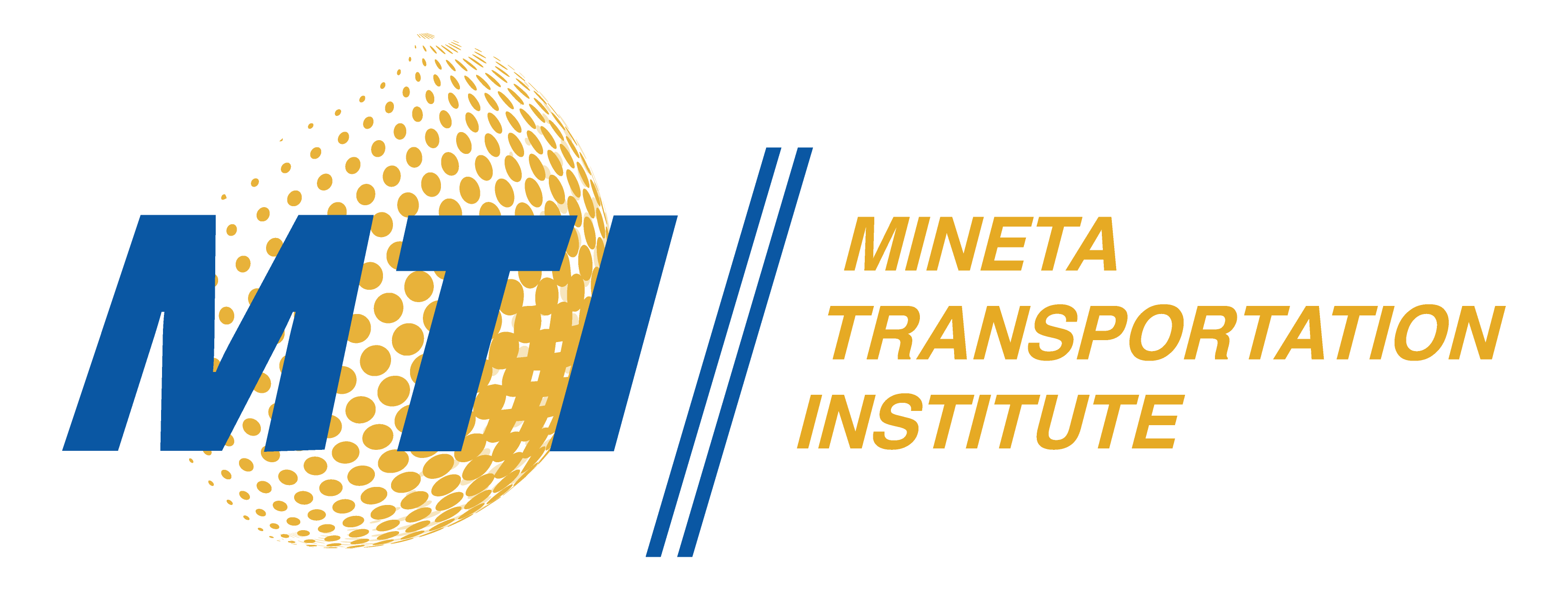Description
The first-mile, last-mile problem is a significant deterrent for potential transit riders, especially in suburban neighborhoods with low density. Transit agencies have typically sought to solve this problem by adding parking spaces near transit stations and adding stops to connect riders to fixed-route transit. However, these measures are often only short-term solutions. In the last few years, transit agencies have tested whether new mobility services, such as ridehailing, ridesharing, and microtransit, can offer fast, reliable connections to and from transit stations. However, there is limited research that evaluates the potential impacts of these projects. Concurrently, there is growing interest in the future of automated vehicles (AVs) and the potential of AVs to solve this first-mile problem by reducing the cost of providing these new mobility services to promote access to transit. This paper expands upon existing research to model the simulate the travel and revenue impacts of a fleet of automated vehicles that provide transit access services in the San Francisco Bay Area offered over a range of fares. The model simulates a fleet of AVs for first-mile transit access at different price points for three different service models (door-to-door ridehailing and ridesharing and meeting point ridesharing services). These service models include home-based drop-off and pick-up for single passenger service (e.g., Uber and Lyft), home-based drop-off and pick-up for multi-passenger service (e.g.,microtransit), and meeting point multi-passenger service (e.g., Via).
Publication Date
11-2020
Publication Type
Report
Topic
Transit and Passenger Rail
Digital Object Identifier
10.31979/mti.2020.1816
MTI Project
1816
Mineta Transportation Institute URL
https://transweb.sjsu.edu/research/1816-Cost-Benefit-Analysis-Novel-Transit-Access-Modes
Keywords
Public transit, Intelligent vehicles, Dynamic models, Ridership, Transit operators
Disciplines
Transportation
Recommended Citation
Caroline Rodier, Andrea Broaddus, Miguel Jaller, Jeffery Song, Joschka Bischoff, and Yunwan Zhang. "Cost-Benefit Analysis of Novel Access Modes: A Case Study in the San Francisco Bay Area" Mineta Transportation Institute (2020). https://doi.org/10.31979/mti.2020.1816
Research Brief

